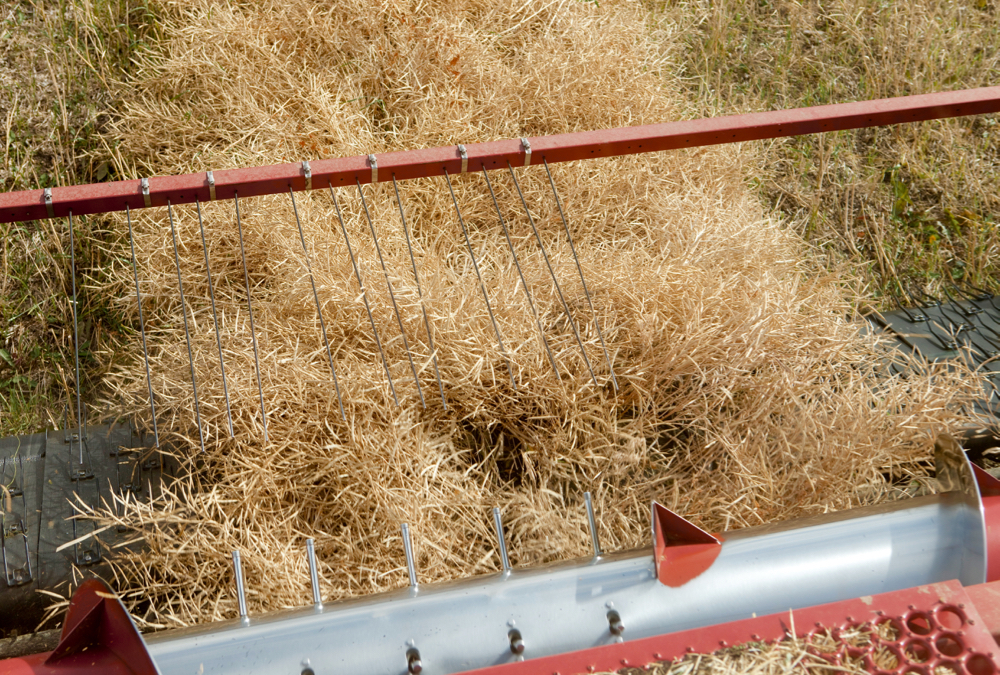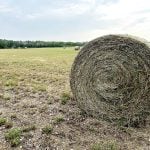Regular survey for the presence of corn diseases and pests can help farmers and plant breeders adapt to emerging trends — and protect and grow markets. This is particularly important for seed corn production, where Ontario is a recognized leader in North America, producing high yields and high quality.
"These surveys help give us a benchmark and assist in minimizing risks and losses to Ontario and Canadian corn production from diseases and pests," says pathologist Albert Tenuta, field crops program lead with the Ontario Ministry of Agriculture, Food and Rural Affairs (OMAFRA).
Read Also

Alberta harvest wrapping up: report
Harvest operations advanced to 96 per cent complete in Alberta as of Oct. 7, with only a few late-seeded cereal and canola fields remaining, according to the latest provincial crop report.
"We’re always on the lookout for new endemic diseases or new invasive pests so we can help maintain productivity and quality — and with that, maintain the viability of the industry."
How was the research conducted? OMAFRA, in conjunction with Agriculture and Agri-Food Canada’s Ottawa corn breeding program, has been surveying Ontario and Quebec to identify and record the distribution and severity of various corn diseases and insect pests already present, as well as any that may be new. In 2011, 120 fields in Ontario and 45 in Quebec were surveyed. The survey is being repeated in 2012.
What did the survey find? Northern leaf blight, the most common leaf disease in Canada in 2011, showed spread to more areas in Ontario and Quebec. In fact, 95 per cent of fields surveyed showed northern leaf blight. Certain strains may be starting to bypass some of the resistance genes that are available in many commercial corn hybrids.
Gray leaf spot continues to spread in Ontario each year. It has become epidemic in southern Ontario as the predominant leaf disease in many fields. Common smut infection, especially on seed corn fields in Southern Ontario, was frequent, as was head smut, found in eastern Ontario and Quebec.
So far, Goss’s wilt, a pathogen that continues to spread in the U.S. Corn Belt, and has recently been confirmed in Michigan and Indiana, has yet to be found in Ontario.
"When it comes to seed corn or commercial production, Ontario can compete with anybody in the world on high yield and high quality," says Tenuta. "That’s a testament to growers, companies, government extension and everyone working together to maintain the viability and economic development of this industry."
Results from the first two years of the survey are available in the Crop Advances report attached here. Outcomes from the 2012 crop year will be available in February 2013.
The research project was funded in part through the Farm Innovation Program, a federal- provincial-territorial initiative, and by Seed Corn Growers of Ontario, Dow (Hyland Seeds), Maizex, Pioneer Hi-Bred and Pride Seeds. OSCIA assisted with communication of research results.
Three things growers should know about corn pests and diseases
Know what’s out there. Having an understanding of what the diseases and pest insects are out there can help breeders ensure the best genetics are available to reduce potential losses.
Every field is different. Every field is unique and should be dealt with on an individual basis; there is no single method that will work across all corn acres.
Anticipate change. What might work this year may not work the next. Consider the long-range weather forecasts but also know your field histories to make sure you act accordingly when it comes to variety selection, residue management, crop rotation, seed treatment and crop protection.
— Lilian Schaer, a Guelph agricultural writer and editor, wrote this article on behalf of the Ontario Soil and Crop Improvement Association. A version of this article appeared in the Sept. 17, 2012 eastern edition of Country Guide.















